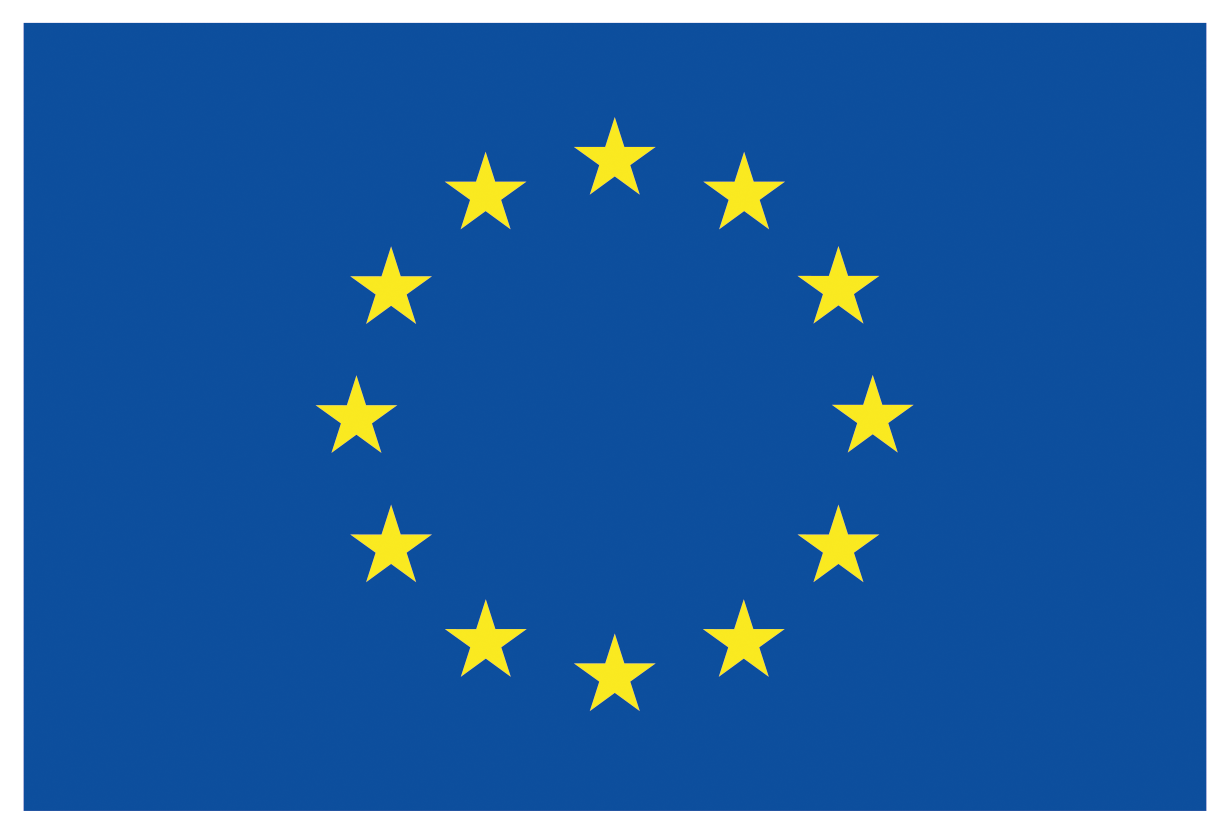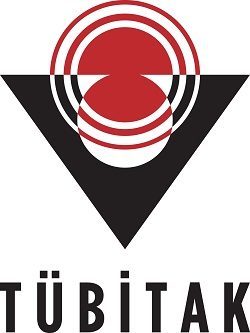Description

Enhanced understanding of the response of the seabed underneath marine structures (breakwaters, pipelines, gravity anchors) is essential for a more efficient exploitation of marine resources, both economically and in terms of environmental impact. Seabed liquefaction is the phenomenon by which the seabed soil can temporarily act as a liquid, depending on the wave, loading, and soil conditions. Liquefaction can cause catastrophic failure of marine structures, such as sinking of (gravity) anchors, floatation of buried pipelines, or excessive displacement of coastal breakwaters. Therefore, accurate and efficient numerical models of wave-soil and wave-structure-soil interaction, capturing the close coupling between the hydrodynamic, structural, and geotechnical processes, are necessary for an optimised development of marine infrastructure.
The NuLIMAS project aims at developing an open-source numerical modelling framework for liquefaction around marine structures, which can reproduce the most salient physical processes with a reliable level of accuracy. During the model development, the floating offshore wind platform (gravity anchor + floating structure), developed by GICON, is used as the case study. Several physical model experiments are planned to isolate the basic mechanisms of seabed liquefaction and fill knowledge gaps needed for the development of an accurate predictive numerical toolbox. Furthermore, for model validation, large scale experiments will be conducted in the Large Wave Flume at the FZK, Hannover. Large scale experiments will be preceded by model tests in a smaller scale wave flume at the Institute of Hydro-Engineering, Poland to optimise the loading parameters for large scale tests. The reproduction of large-scale physical model tests of GICON®’s floating offshore-foundation with a gravity anchor allows to assess the applicability of the numerical model to realistic conditions. The numerical model, as well as the results of all physical tests, will be documented and published online for future use by interested professionals. Ultimately, the numerical model will assist in:
(i) Reducing the probability of liquefaction failures to minimize related human and economic losses and reduce insurance costs
(ii) Increasing the service life of marine structures and reduce their construction costs
(iii) Reducing the risk, design uncertainty, and safety margins
(iv) Eliminating the necessity for extensive physical model testing or the use of oversimplified methods for geotechnical design
(v) Developing simplified models for preliminary use in practical applications
Objectives
The NuLIMAS project aims at developing an accurate virtual laboratory of wave-structure-soil interaction for (WSSI) marine structures. WSSI is the consideration of the close coupling etween the hydrodynamic, structural and geotechnical processes on the behavior of marine structures and foundations. Five research objectives can be identified for the project:
1) Establish a framework for the numerical model development
2) Fill identified knowledge gaps in seabed liquefaction
3) Validate and calibrate the numerical toolbox
4) Apply the predictive numerical toolbox to the large-scale tests of the GICON-SOF platform
5) Utilize the numerical toolbox to extend/develop simplified models for practical engineering use

Impact

NuLIMAS addresses a technological challenge that will benefit a wide range of applications in the marine sector (marine foundations, anchors, etc.). The newly developed model will enable more sustainable and efficient blue growth through the use of the toolbox to increase the reliability and reduce the costs, as well as the negative environmental impact of marine structures throughout their life cycle. NuLIMAS will foster technology transfer between its partners in numerical modeling, seabed liquefaction, and practical development of general-purpose offshore platforms.
Work packages

WP 1: DEVELOP
Development of the numerical toolbox’s software infrastructure
WP2: SIMPLIFY
Experimental testing with simplified physical models to isolate different processes of seabed liquefaction
WP3: ADAPT
Adaption of the numerical toolbox to the results of the simplified tests
WP4: VALIDATE
Validation of the toolbox using a combined FSSI large-scale physical model
WP5: COORDINATE
Project dissemination and coordination





